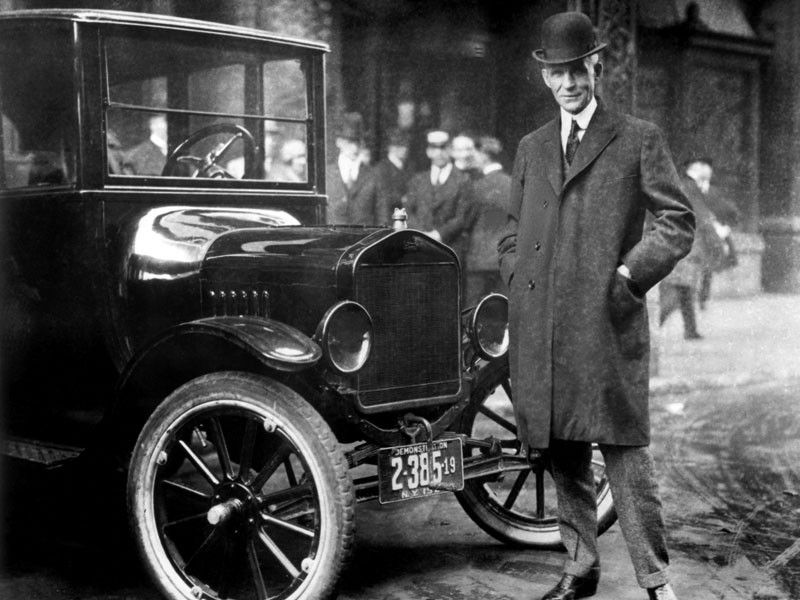Revisiting Mr. Ford

I was chatting with my 11-year old Grandson, Alex recently. I always find these discussions illuminating. You see, Alex has been diagnosed with Asperger’s syndrome. If you are familiar with children who have this disorder, you know that amidst significant social challenges, there can be this ribbon of super intelligence that presents itself when you least expect it.
So there we were, sitting side by side, me reading from my Kindle and he playing with some angry birds on his I-pad, when he asks me, “So, what are you working on at EPA now, Pop-Pop?”
I reply, “Oh, I don’t know, Alex, I guess I’m working on solving a puzzle of sorts. We are trying to bring people together as a team and help people in this country who make things. We want to help manufacturers make things that are better for them, better for you and better for the environment.”
He was quiet for a moment and I thought that perhaps I had given him TMI. Ha! He was just processing.
“You mean like Henry Ford when he invented the assembly line process for making cars”, he says, as he twists his I-pod to launch a particularly elusive angry bird.
“Yes, I replied, “like that. It is hard sometimes to get the right people together and solve problems as a team.”
At this point, he put the I-pod down and I thought the conversation was over. He popped up and announced that he was going to play on the computer. As he left the room, he looked back at me and said, “Well, for a puzzle like that, why don’t you think like Henry Ford?”
I smiled and returned to my Kindle when I paused and then realized that Alex was right.
Over the last several decades we have become so specialized as a society that, perhaps, we have allowed it to affect the way we think. As a result, when we address issues like jobs, advanced technology or preventing pollution as they pertain to American manufacturing, we typically confer with those in our peer groups, thought-leaders, if you will, assigned to one station within an assembly line. This may have worked well in the past, but I’m not sure it will work to solve problems illuminated for us by this new concept of sustainability.
We cannot redesign a headlight without first making sure the automobile chassis has been re-constructed to accept it. Similarly, we cannot expect innovative ideas associated with advanced technology to be accepted by American manufacturers if they are not yet ready to pursue them.
What I’m suggesting here is that to be successful in helping American manufacturers thrive in this new era of sustainability, we need to turn traditional thinking on its side and engage with those in the sustainability assembly line with whom we traditionally have not. Perhaps, this is why the E3: Economy, Energy and the Environment framework has been so successful.
Food for thought.
This post was originally posted on the Environmental Protection Agency (EPA) Blog. Tom Murray joined EPA way back in 1971 and has never lost the passion for pollution prevention and helping manufacturers become more sustainable


